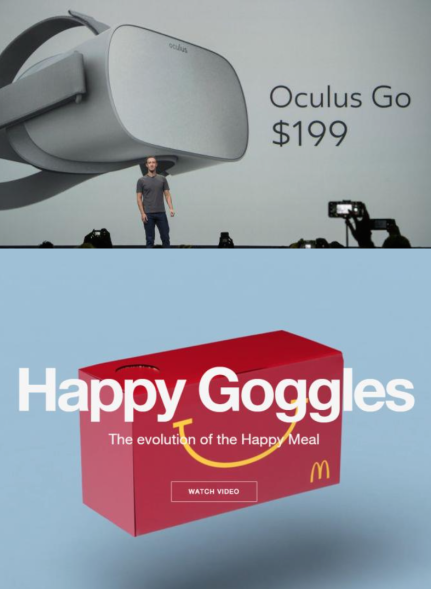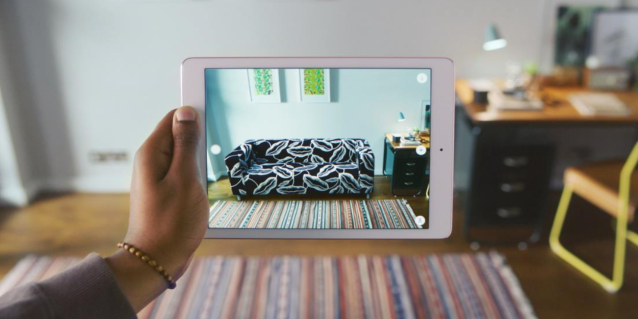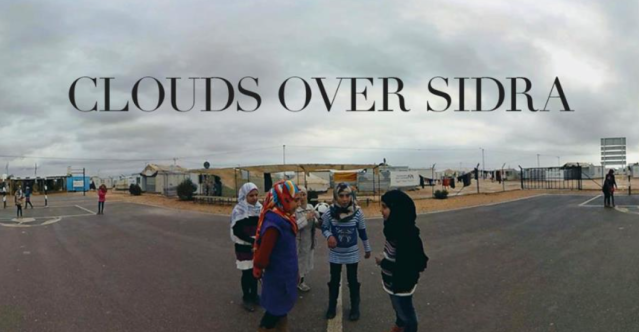Written by Virginia Ciangherotti
Virtual Reality, also known as VR, is a computer-generated technology that alters the user’s perception of reality and projects him or her into an artificial environment through different expedients, such as sound, auditory, and visual stimuli. Users are able to experience an alternate environment and an altogether different ‘world’ through VR equipment, commonly a VR headset made up of a head-mounted display with a small-scale screen placed in front of the eyes. Augmented reality is also considered a form of VR technology. AR layers artificial information onto a live camera feed, or also through tablets and smartphones
VR and AR as technological innovations are today more and more accessible to both the public and brands, and among the many fields that this form of disruptive technology has had an impact on, there is marketing. Even though VR and AR in digital marketing have not gone mainstream yet, some brands have started to use them to appeal to more customers with unique and customized content. Big players like Facebook, Playstation, HTC, Google, and Samsung have all already dived into this new technology. In early 2017 Facebook IQ had commissioned a study to test how customers cognitive and emotionally responded while conversing in virtual reality through an Oculus Rift headset. In 2018 Facebook will release its first commercial VR device, the Oculus Go, which will cost $199, aiming at making VR technology a mass technology. Facebook’s efforts in the VR field trace back to 2014, when Mark Zuckerberg decided to buy Oculus for $2bn.
 But Facebook is not the first to launch VR headsets into the market: Samsung has already launched its $100 Samsung Gear VR, HTC the $800 HTC Vive, Google the $20 Google Cardboard, and McDonalds has also given away Happy Meal VR boxes for free.
But Facebook is not the first to launch VR headsets into the market: Samsung has already launched its $100 Samsung Gear VR, HTC the $800 HTC Vive, Google the $20 Google Cardboard, and McDonalds has also given away Happy Meal VR boxes for free.
The Scottish beer brewing company Innis & Gunn has experimented VR technology in virtue of the true meaning of sensory exploration to enhance customers’ experience of its beer. The brewery started a collaboration with cognitive neuroscientists to develop the Scottish landscapes that had inspired the flavours of their original beers which could be viewed through VR goggles. During last year’s Christmas time, Coca- Cola Europe had launched a temporary festive-themed VR campaign that toured around Poland. Through a VR headset, users could ride Santa Claus’s sleigh and ride with him through the starry night delivering presents. The campaign had a dual purpose: on one hand, it emphasized the long-established association that the Coca Cola brand has made between the Christmas season and the colour red, on the other hand it aimed at providing customers with a powerful experience that would remain permanently in their memory.
Ikea too as recently made its way towards AR: smartphones users can, through the Ikea app, get a preview of how a specific piece of furniture will look wherever they point their camera at. Being able to see 3-D renderings of over 2,000 products from all angles before making a purchase guarantees customers a more reliable buying experience without having to undergo a 3-hour-drive to the nearest Ikea store to see the piece of furniture in person.

The printing press has also embraced VR technology to keep up with ever-lasting technological landscape that is the one of the 21st century. The New York Times has tried to pioneer VR journalism since 2015, when it published a VR documentary, ‘The Displaced’ (about three children displaced by war) and by the distribution of free Google Cardboard headsets to its subscribers.
Non-profit organization too have started employing VR technology to raise awareness of their work and to make their case. UNICEF, Amnesty International, and the WWF have managed to bring people closer to political, cultural, and environmental issues in a way that would not have been possible through traditional media. Among the many projects, UNICEF 360 is a VR project launched by UNICEF to raise awareness of the challenging lives of children living in the poorest areas of the country or in war zones.

‘Clouds over Sidra’ is a short VR movie that portrays the life of a young girl living in a Jordanian refugee camp, her daily struggles and challenges. The aim of the project was to attract donors and raise funds making leverage on their emotions through the use of VR technology.
The main advantage that VR offers to marketing is the possibility to offer customers and potential customers a fully-immersive experience that can be emotional, entertaining or educational. But mostly, it is engaging. VR technology has the ability of bringing people together due to the shared experience that it offers. John Rodeman of Taylor Morrison, said it best: “You can use VR to help people visualize how your products and services will work after purchase or to immerse users in an environment that communicates your company’s values with emotion and honesty.”

